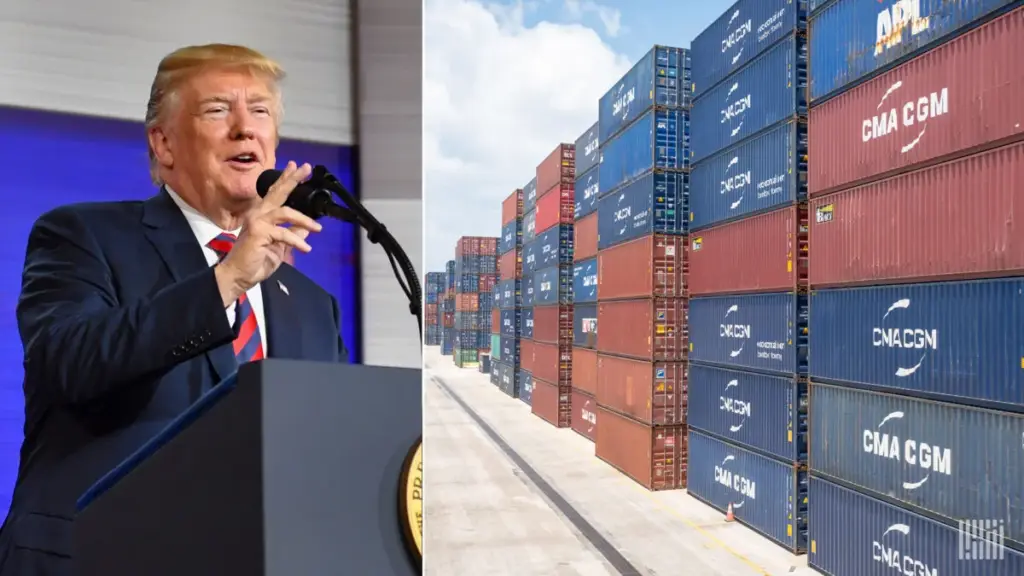President-elect Donald Trump announced on Monday his intention to impose tariffs on imports from China, Mexico, and Canada after taking office. This plan contradicts the opinions of many economists, who argue that such measures would place a financial burden on everyday consumers, despite Trump’s claims to the contrary.
Before the election, Trump consistently advocated for raising tariffs—taxes on imported goods paid by businesses importing them to the U.S. On Monday, he solidified those plans on Truth Social, announcing he would implement a 25% tariff on all imports from Mexico and Canada on his first day in office. Additionally, he proposed an extra 10% tariff on all imports from China, on top of existing tariffs.
This 25% tariff proposal represents a significant escalation from his earlier campaign promises, where he suggested a 10% tariff hike or a 60% tariff on Chinese goods. Currently, tariffs on goods from China stand at approximately 1% and 11%, according to Wolfe Research data reported by the Wall Street Journal.
Vice President Kamala Harris criticized Trump’s plan during her campaign, calling it “essentially a national sales tax on everyday products and basic necessities.” Economists widely share this concern, projecting that Trump’s tariff policy would likely lead to higher prices for consumers.
While the cost of tariffs can be distributed among U.S. businesses importing goods, their customers, and foreign exporters (who might lower prices to offset tariffs), the Tax Foundation—a right-leaning think tank—found that tariffs imposed during Trump’s first term were primarily borne by U.S. businesses and consumers.

Economists widely agree that Trump’s proposed tariff plan would harm the U.S. economy. A May report from the nonpartisan Peterson Institute for International Economics (PIIE) warned that Trump’s campaign proposal would “[inflict] significant collateral damage on the US economy,” highlighting concerns such as reduced consumer spending, rising unemployment, and slower economic growth.
Similarly, Moody’s projected that Trump’s election proposal—featuring a 10% across-the-board tariff and a 60% tariff on Chinese goods—would lead to a loss of 675,000 U.S. jobs and increase the unemployment rate by 0.4%. Moody’s chief economist, Mark Zandi, stated in an interview with CNN, “If Trump increases tariffs as he has proposed, the economy would likely suffer a recession soon thereafter.”
Trump has consistently championed tariffs as a key component of his trade policy, beginning with significant hikes in 2018 that triggered a trade war with China. This conflict ultimately led to a trade agreement in December 2019. According to the Peterson Institute for International Economics (PIIE), Trump’s actions caused a sixfold increase in tariffs on Chinese goods compared to pre-2018 levels, peaking at 21% in January 2020—a figure still far below his proposed 2024 rates.
Trump’s initial tariffs, targeting items such as washing machines, solar panels, steel, and aluminum, were not limited to China; they also impacted imports from other countries. However, the effects were less pronounced, with PIIE reporting an average increase in tariffs on these countries of 2.2% to 3% between 2018 and 2022.



